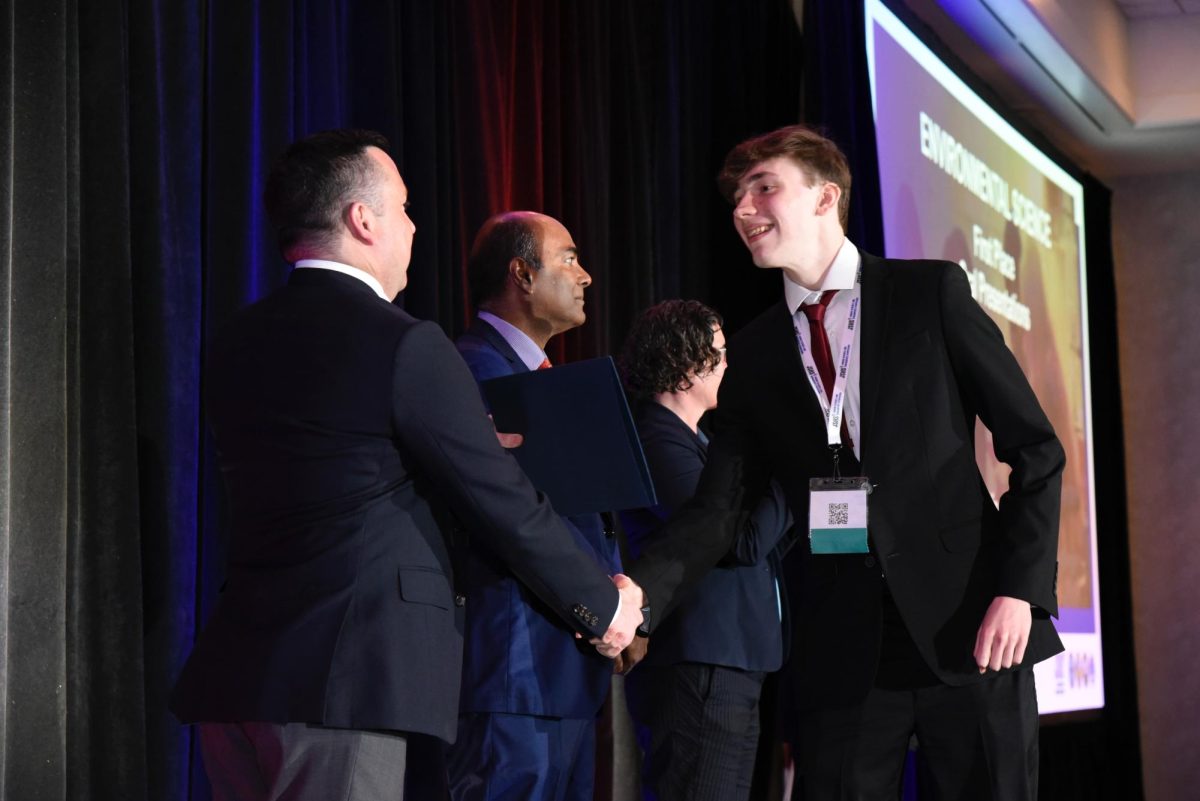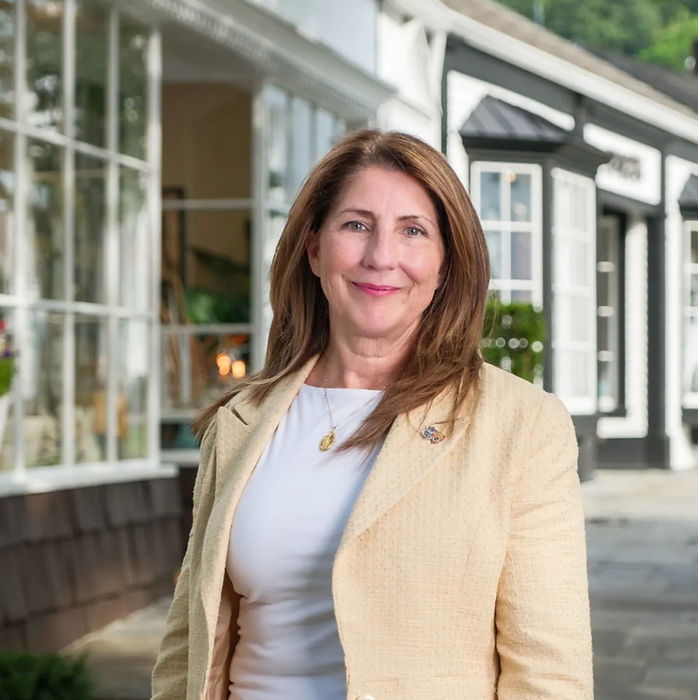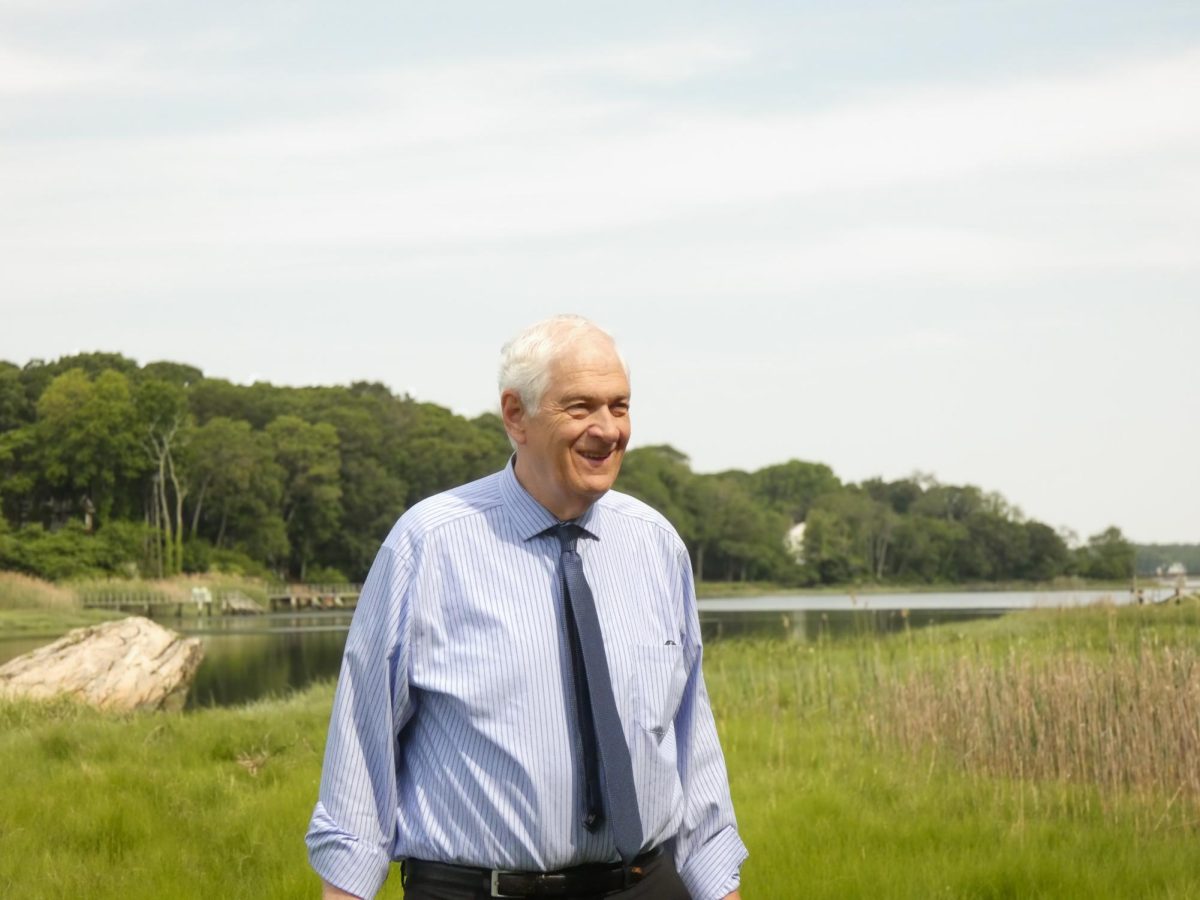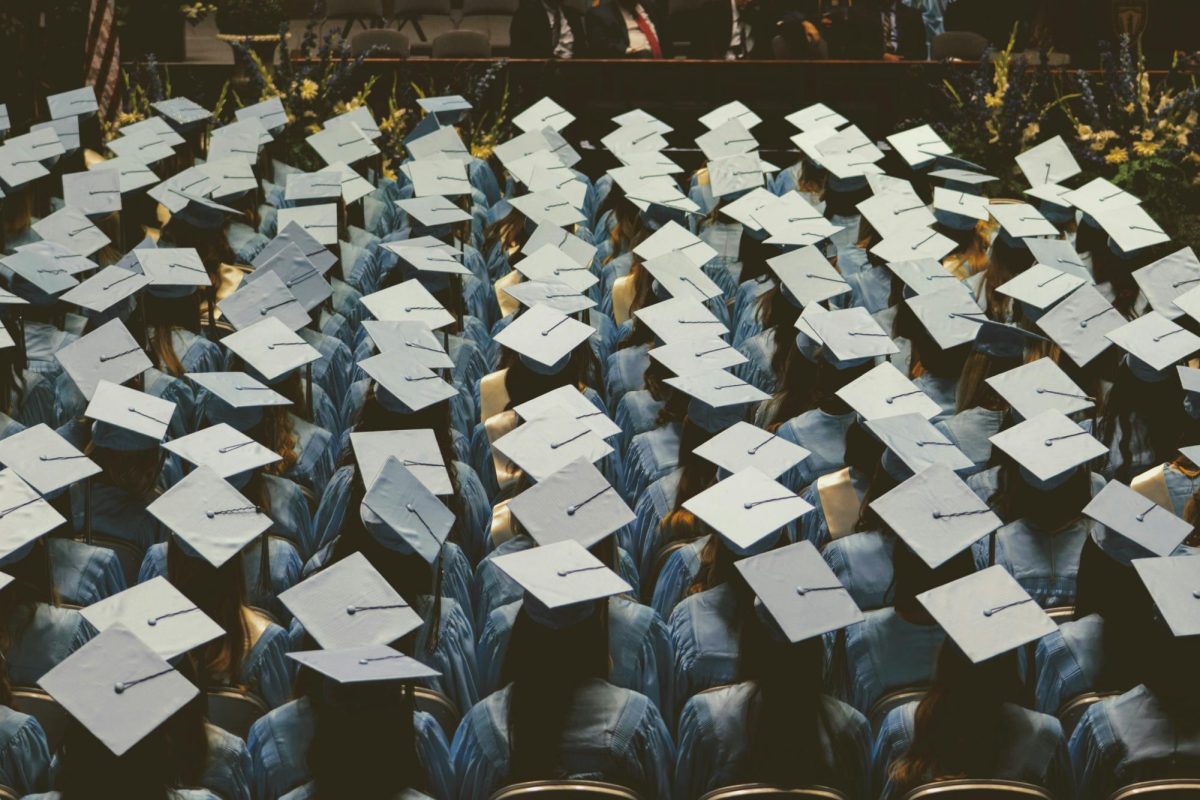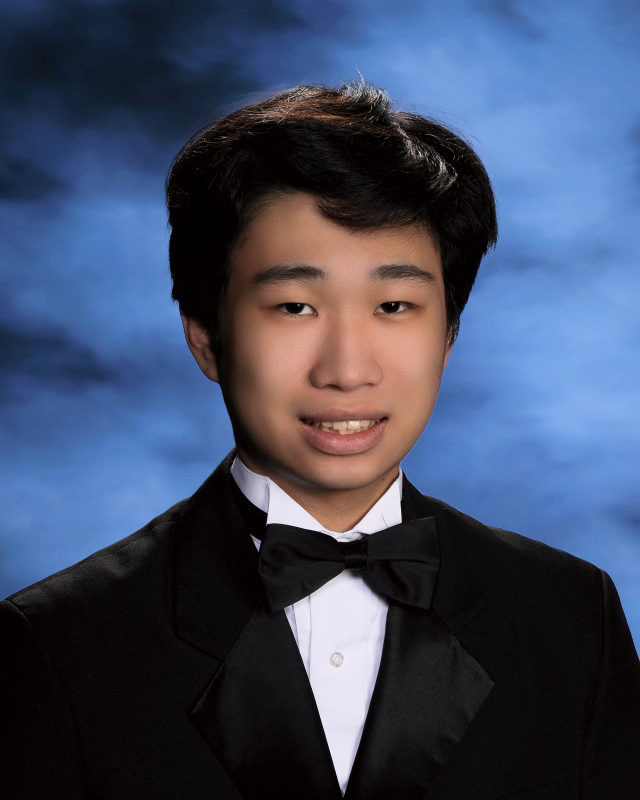This article was originally published in Kaleidoscope‘s Spring 2025 print edition. It is being published as a separate online article now for easy access.
In late April, Ward Melville High School senior Sean Skinner won first place for his oral presentation at the Junior Science and Humanities Symposium (JSHS) in Engineering and Technology. The JSHS competition is recognized as one of the most prestigious showcases in the country for high school STEM research.
From 239 outstanding high school STEM students, the competition awarded 48 National winners — five students from each region — who were then invited to the National JSHS event. From each group of five, the top two finalists advanced to oral presentations, where they competed to win scholarships ranging from $4,000 to $12,000. The remaining three finalists participated in the poster competition where they had the opportunity to win cash awards.
With his pioneering work in artificial intelligence and generative design, the award is a major achievement and milestone for the Ward Meville senior.
Skinner’s project focuses on an innovative AI tool that is able to generate engineering designs based on priorities set by the user. While generative design — a technique where AI can produce new content like potential design solutions — is not new, Skinner took it a step further. He integrated physics-informed machine learning, coding physics into the way AI thinks and learns. “I was inspired to do this research through my own experience creating engineering projects for clubs like Science Olympiad,” Skinner explained. He continued, “As I learned the engineering process, I saw shortcomings in it, and this project was my way of trying to fix them.”
In typical engineering workflow, balancing multiple ideas like strength, cost, weight and aesthetics often requires repeated optimization and testing. This consumes time, money and negatively impacts the environment. Skinner’s program greatly simplifies this, efficiently generating designs that reflect the engineer’s varying objectives.
In order to show how this could be applied, Skinner created a prototype that can generate car wheel designs based on four inputs from the engineer: how much they prioritize strength, weight, heat dissipation and aesthetics. “I’m personifying the AI program here,” he elaborated, “but imagine the engineer saying, ‘I want wheel designs that are really strong and very good at dissipating heat. I care a bit about aesthetics, and I don’t care about the weight,’ and then the program outputs a set of designs it generated that fit that description.”
Unlike traditional machine learning models that rely solely on data, Skinner’s system incorporates laws of physics into the way AI learns and makes decisions. With limited information to guide him through this process, Skinner noted, “The physics was very complex and so was the machine learning, but it was putting them together that required much more problem solving and trial and error.”
Beyond all the technical aspects, Skinner said that one of the most meaningful lessons he received from this competition was learning how to effectively explain his work and the importance of connecting with other people. “For the competing aspect, I had to learn to explain a complex project in a way that is simultaneously detailed and fully understandable, and to deliver my presentation in a way that really makes an impact on the judges,” he shared.
From attending the national competition, Skinner also found inspiration from his peers, making meaningful friendships along the way. When the time came for the awards ceremony, Skinner described the moment as both surreal and validating, adding, “It was structured like a very fancy banquet with a big stage in the front of the room; everything was
professionally lit and decorated, there was dramatic music playing, we were all wearing suits; this all gave me the immediate impression that I was at something out of my league.”
Ultimately, winning this award was the closure he needed over the past 12 years of school. “This was something I had hoped would be inspirational to others if I achieved it,” he said, “but seeing all those early mornings and late nights working turn into success was suddenly inspirational to myself as well, like a confirmation that it was all worth it and that this kind of endeavor always will be.”
Looking ahead, Skinner hopes to continue refining and eventually publishing his findings. As he prepares to study aerospace engineering in college, his long-term dream is to design a spacecraft for NASA. He concluded, “I want to use physics to reveal the best possible engineering designs like I did with my project, and I want to use engineering to build spacecraft that explore the universe and reveal the beauty in it.”



